The Kids are Alright: An Interview with Dawson Barrett
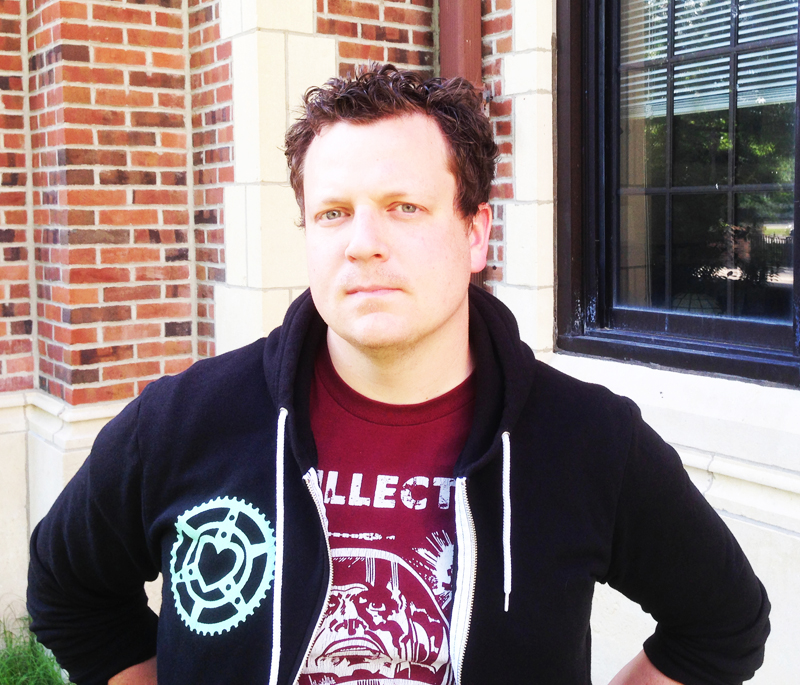 A whole lot of hours and days and weeks in the last year at the Microcosm HQ have gone into pouring love and effort into Teenage Rebels: Stories of Successful High School Activists from the Little Rock 9 to the Class of Tomorrow. We couldn’t be prouder of the end result, which just came back from the printer. Author Dawson Barrett kindly answered some questions about the book and his vision:
A whole lot of hours and days and weeks in the last year at the Microcosm HQ have gone into pouring love and effort into Teenage Rebels: Stories of Successful High School Activists from the Little Rock 9 to the Class of Tomorrow. We couldn’t be prouder of the end result, which just came back from the printer. Author Dawson Barrett kindly answered some questions about the book and his vision:
How did your original idea become the book that readers can hold in their hands today?
The story of the original idea is not especially interesting, but the punch line is that Joe Biel and I have some similar political ideas and both think the kids are alright!
The book includes about fifty short vignettes. Some of them are pretty famous (the Little Rock 9, Brown v. Board of Education), but many of them have not been thought about, by anyone, in several decades. They had been essentially lost to history, but the digitization of newspapers has given them a chance to be re-told. The stories that made it into the book were my favorites, but there were hundreds more.
After I wrote the vignettes, Meggyn Pomerleau put the cover together and added the illustrations. I think about half of them are loosely based on actual historical photos, but for the rest she had to work from scratch. And they really bring the stories to life. The book is not quite a graphic novel, but it shares many of the same story-telling advantages.
Who is the book for? Who do you ideally want to read it?
 In my mind, there are two main audiences for the book. The first is the most obvious. It’s for teenage rebels! I wrote it for young people. It’s their history. So, I hope they find it useful. I think these stories are empowering, and teens are an especially disenfranchised group. My own teen years were an exercise in correctly identifying injustices and then directing my anger almost entirely at the wrong targets. So, I hope young people will read the book and see that it is possible to vent your frustrations in ways that actually make positive changes. The future is in their hands.
In my mind, there are two main audiences for the book. The first is the most obvious. It’s for teenage rebels! I wrote it for young people. It’s their history. So, I hope they find it useful. I think these stories are empowering, and teens are an especially disenfranchised group. My own teen years were an exercise in correctly identifying injustices and then directing my anger almost entirely at the wrong targets. So, I hope young people will read the book and see that it is possible to vent your frustrations in ways that actually make positive changes. The future is in their hands.
The second audience for the book includes teachers and other people who work with youth or who are otherwise interested in being their allies. As I think about it, though, this is really just an indirect route to the first group!
I’m a history teacher, and all over our country, there are serious efforts to re-write the US history curriculum to downplay inequality and protest and instead promote empty patriotism and respect for authority. Those are the actual stated goals of one such campaign. I would love to counter that. My dream would be for high school teachers around the country to find themselves with a few extra minutes left at the end of class, and maybe talk about something a bit more exciting (like, say, a couple of stories from this book!). They are set up to be conversation starters: Why were the students upset? How did they try to make change? Why did they win or lose? How does this compare to your school experience?
Were you a teenage rebel yourself, or did you come to be an appreciator of teenage revolution later in life?
 I was a pretty angry (and overly serious) young person, and I went to high school in a very conservative, small, and often small-minded town. Thankfully, I had a few friendly teachers and a very active punk rock scene. My friends and I primarily rebelled by putting on punk shows and through them creating our own social spaces. And that required a lot of organization. Our town couldn’t sustain a music venue, so we had to rent out American Legion halls and do all of the work ourselves—book the bands, hang up flyers, set up and clean up, etc. So, basically, just imagine a 16-year-old with a mohawk haggling with a Korean War veteran over a broken folding chair at the end of the night. That, in a nutshell, was our teenage rebellion.
I was a pretty angry (and overly serious) young person, and I went to high school in a very conservative, small, and often small-minded town. Thankfully, I had a few friendly teachers and a very active punk rock scene. My friends and I primarily rebelled by putting on punk shows and through them creating our own social spaces. And that required a lot of organization. Our town couldn’t sustain a music venue, so we had to rent out American Legion halls and do all of the work ourselves—book the bands, hang up flyers, set up and clean up, etc. So, basically, just imagine a 16-year-old with a mohawk haggling with a Korean War veteran over a broken folding chair at the end of the night. That, in a nutshell, was our teenage rebellion.
Those experiences very much shaped who I’ve become, but at that time I had no real understanding of how power works. So, I really wouldn’t call anything I did “activism.” I didn’t find activist politics until a bit later on.
You’re going on tour with the book in July and August. What will happen at your tour events and why did you choose this way to promote the book?
Well, DIY punk tours were a huge part of my life at one point, but it’s now been ten years since my last one. This tour will essentially swap out basements and squats for independent bookstores and public libraries. And I’ll be accompanied by my partner and our three-month-old, instead of a band. I do think the spirit of the tour will be similar, though. The goal will still be to meet new people and see new things. Plus, I think there’s at least a discussion to be had as to whether squats or libraries are more under assault from the powers that be!
Thus far, the talks aimed at teens will be a combination of stories from the book and brainstorming sessions around who makes the decisions that govern high schools, which decisions young people would like to see changed, etc. This is really a new world for me, but teen librarians are awesome. At one event, after my talk, we are all going to make protest posters. At another, there will be a button-maker for protest buttons. I think it’s going to be a fun tour!
Anything else I should ask?
I’m not sure what the question would be, but the answer is that, honestly, the book is really fun, no matter your age. I’ve read these stories hundreds of times now, but many of them still bring a smile to my face. The kids are alright, indeed!
Also, the book makes a really great gift for the rebellious teenager (or teacher) in your life…and for the teen section of your local library…and maybe even the library at your old high school…
This has been an interview with Teenage Rebels author Dawson Barrett. It’s one of a series of author interviews; the last one was with Consensuality author Helen Wildfell. The next is with vegan cookbook author Joshua Ploeg.
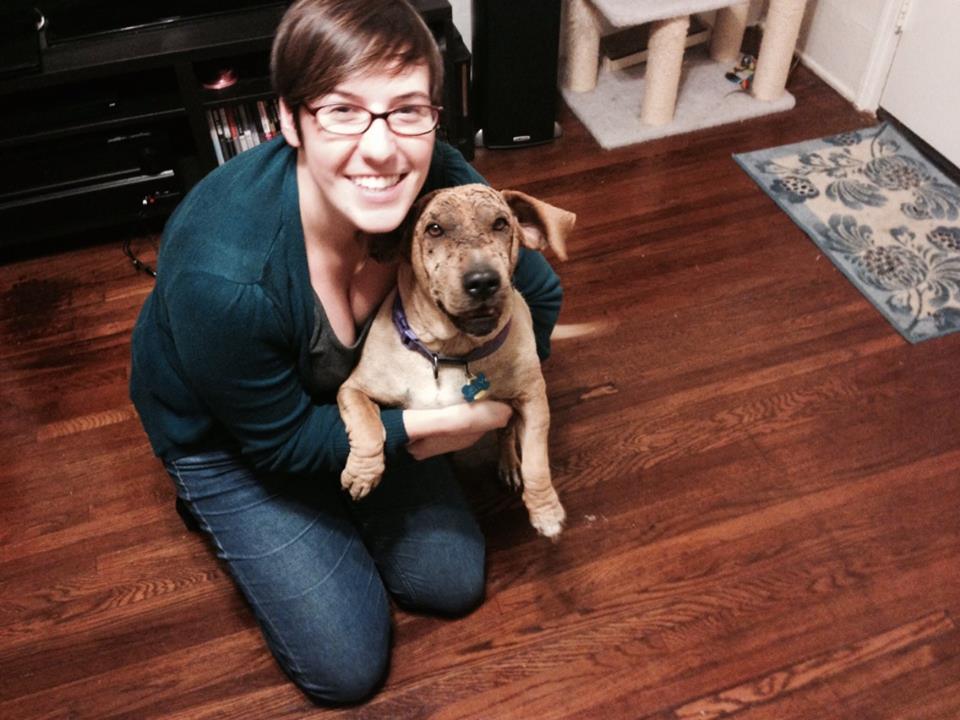 Helen Wildfell came to us with a proposal for a zine about her experiences learning to build healthy relationships. We liked it so much that we asked her to turn it into a book. The result is
Helen Wildfell came to us with a proposal for a zine about her experiences learning to build healthy relationships. We liked it so much that we asked her to turn it into a book. The result is 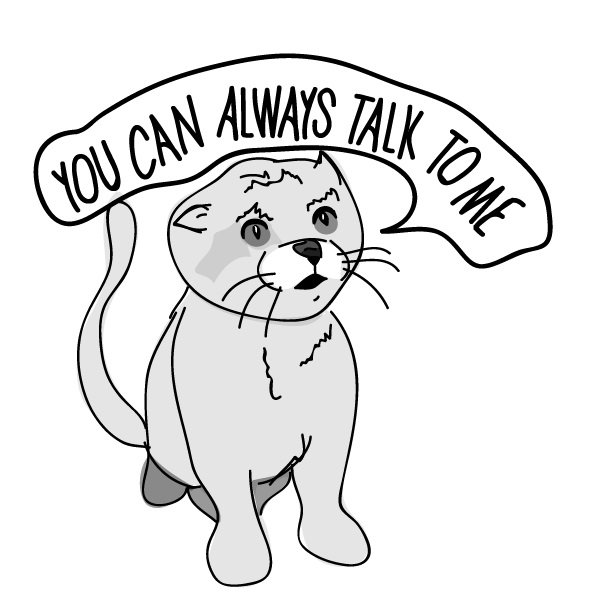 The book comes out July 14th. How do you think readers will respond? How do you hope the book will be taken?
The book comes out July 14th. How do you think readers will respond? How do you hope the book will be taken?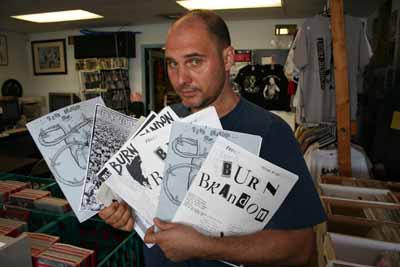 Bob Suren’s book,
Bob Suren’s book, 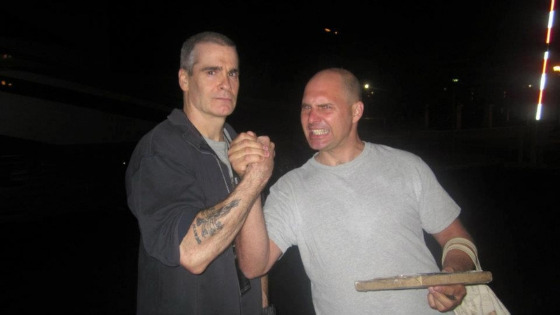 3. Fan response to your book has been tremendous—do you have any stories to share about how people are reacting?
3. Fan response to your book has been tremendous—do you have any stories to share about how people are reacting? 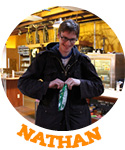 If you call or visit
If you call or visit 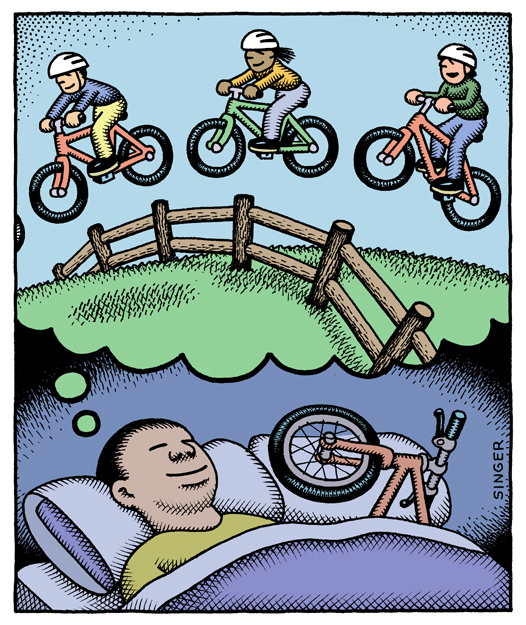 In 2013, we published
In 2013, we published 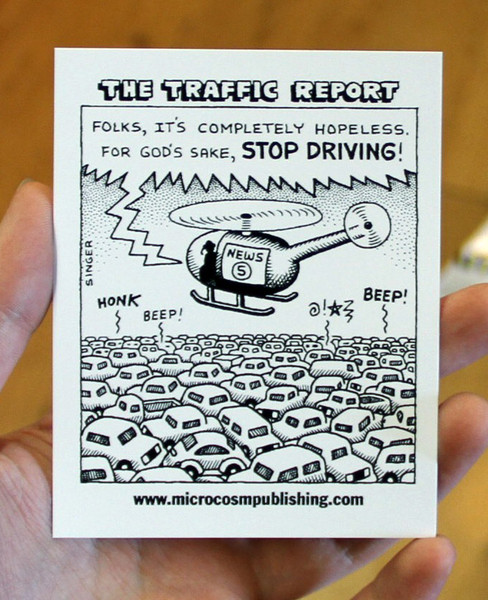 Most people in the US still see bicycles as a sport or something kids do. Do you have a lot of awkward conversations about what your work is actually about?
Most people in the US still see bicycles as a sport or something kids do. Do you have a lot of awkward conversations about what your work is actually about?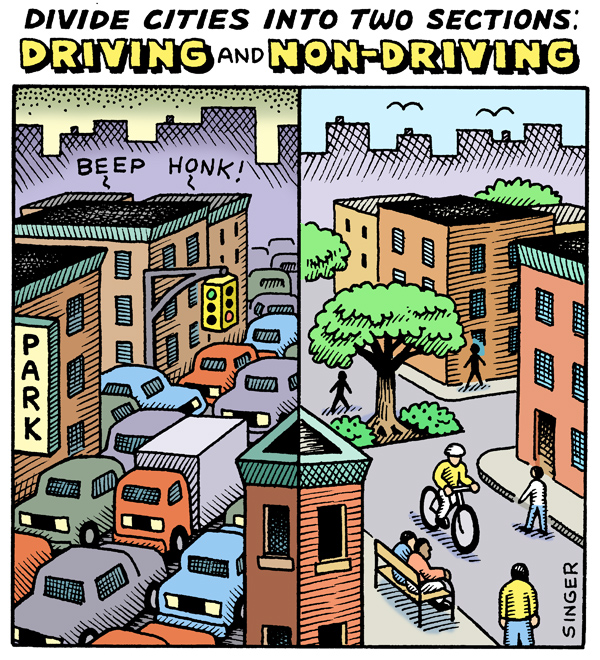 In a globally connected capitalist world, cities and countries are competing for highly skilled labor—programmers, engineers, scientists, etc. To some degree, these people can live anywhere they want. So San Francisco or my current city in Minnesota aren’t just competing with other U.S. cities but are competing with cities in Europe for the best and brightest talent. Polls and statistics show that more and more skilled people want to live in cities that are walkable, bikeable and have good public transit. Also our population is aging and realizing that they don’t want to be trapped in automobile-oriented retirement communities in Florida or the southwest USA. They also want improved walkability and transit. Finally, there’s been an explosion of obesity in the USA with resulting increases in healthcare costs. Many factors contribute to this but increased amounts of driving and a lack of daily exercise are major factors. City, state and business leaders in the US are increasingly aware of all this. It is part of Gil Peñalosa’s “8-80” message (the former parks commissioner of Bogotá, Colombia) and many other leaders.
In a globally connected capitalist world, cities and countries are competing for highly skilled labor—programmers, engineers, scientists, etc. To some degree, these people can live anywhere they want. So San Francisco or my current city in Minnesota aren’t just competing with other U.S. cities but are competing with cities in Europe for the best and brightest talent. Polls and statistics show that more and more skilled people want to live in cities that are walkable, bikeable and have good public transit. Also our population is aging and realizing that they don’t want to be trapped in automobile-oriented retirement communities in Florida or the southwest USA. They also want improved walkability and transit. Finally, there’s been an explosion of obesity in the USA with resulting increases in healthcare costs. Many factors contribute to this but increased amounts of driving and a lack of daily exercise are major factors. City, state and business leaders in the US are increasingly aware of all this. It is part of Gil Peñalosa’s “8-80” message (the former parks commissioner of Bogotá, Colombia) and many other leaders.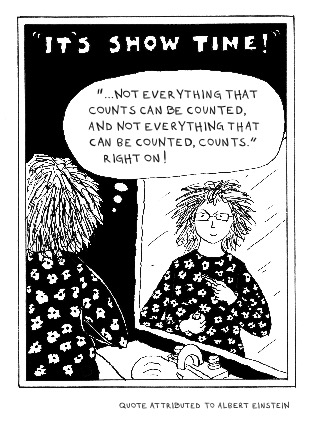 Last month, we felt lucky and stoked to publish
Last month, we felt lucky and stoked to publish 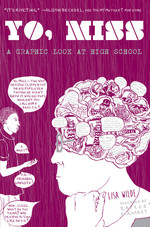 Reading Yo Miss, it was easy to get attached to a lot of the students. Can you share any “where are they now”s with us?
Reading Yo Miss, it was easy to get attached to a lot of the students. Can you share any “where are they now”s with us? My quest to interview all the Microcosm workers about their work and lives and favorite things has finally reached our warehouse manager, Jeff Hayes, who has been here longer than just about anyone else. Instead of a picture of himself, he chose to submit a photo of his recording studio. For an even better picture of the soul of Jeff, check out his staff picks
My quest to interview all the Microcosm workers about their work and lives and favorite things has finally reached our warehouse manager, Jeff Hayes, who has been here longer than just about anyone else. Instead of a picture of himself, he chose to submit a photo of his recording studio. For an even better picture of the soul of Jeff, check out his staff picks 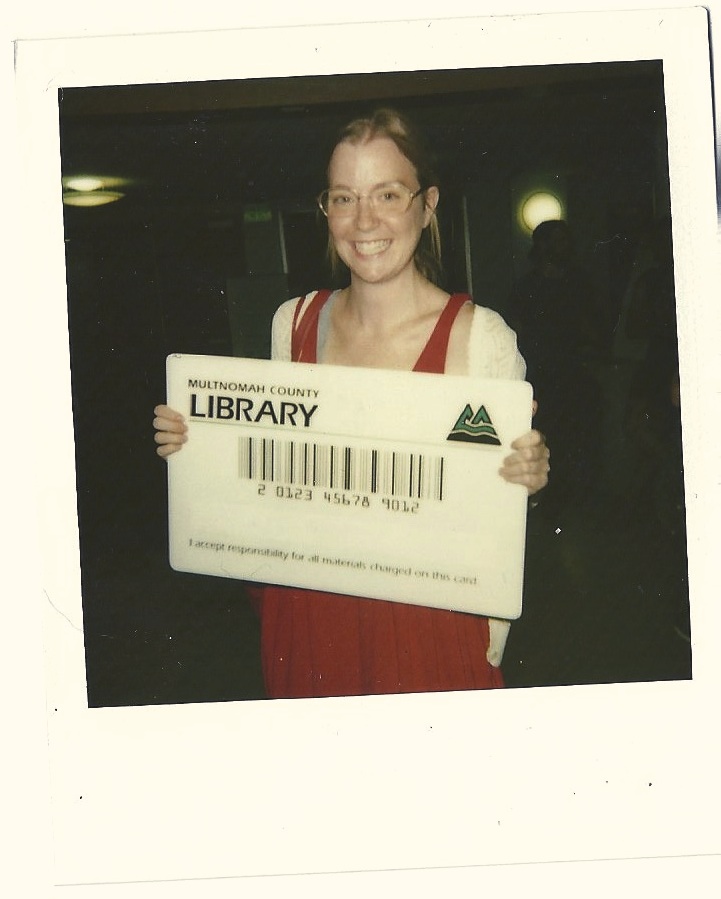 Long ago, Joe handed me a book and said “you’ll like this.” It was Katie Haegele’s
Long ago, Joe handed me a book and said “you’ll like this.” It was Katie Haegele’s 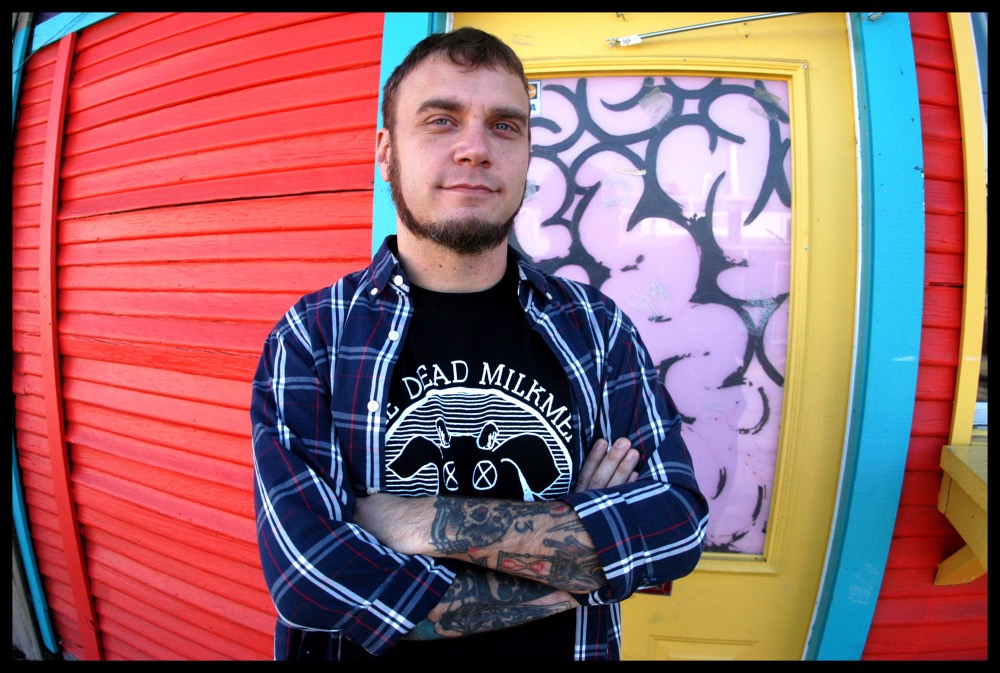 I’ve read my way through most of the Microcosm catalog, but there are some books that just never jumped out at me—most of them being either graphic novels or books about punk music, two genres that I’ve yet to get a handle on. But when I spent a week at home sick, trying to rest and relax, I decided to delve into the books on our list that I had deemed to be the least suited for my interests—Ben White’s
I’ve read my way through most of the Microcosm catalog, but there are some books that just never jumped out at me—most of them being either graphic novels or books about punk music, two genres that I’ve yet to get a handle on. But when I spent a week at home sick, trying to rest and relax, I decided to delve into the books on our list that I had deemed to be the least suited for my interests—Ben White’s 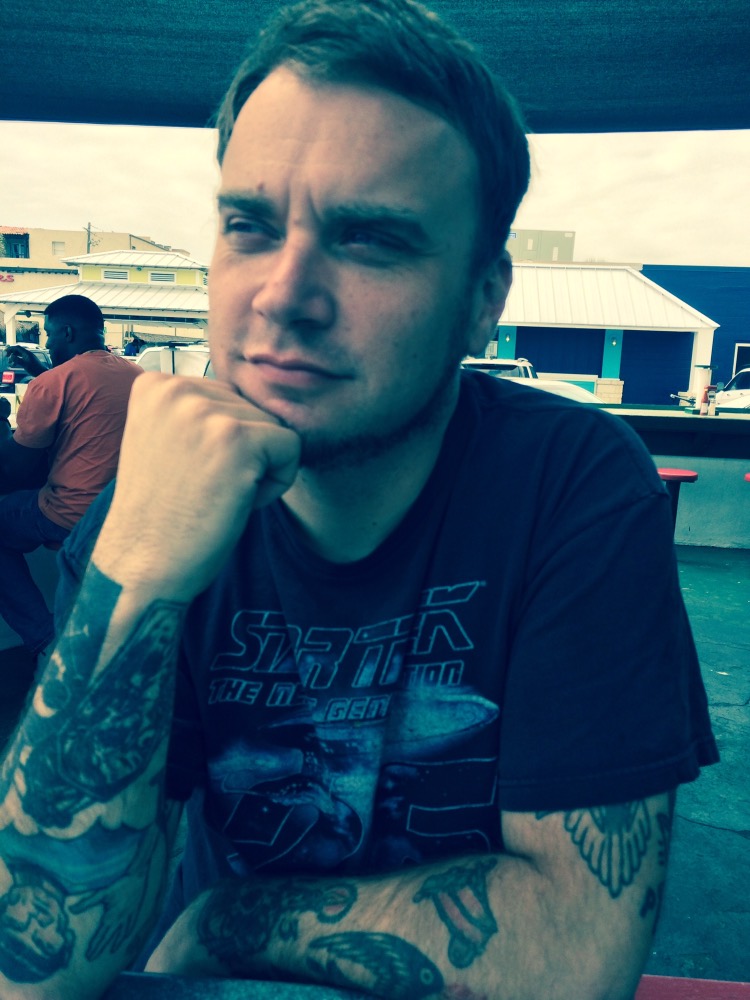 Your drawing style has evolved a lot since you started in 2001, and of course your life has changed, but even more than those things, the tone of the way you talk about yourself and your life is much different. How have your motivations for making the comic changed, and also do you get something different out of it now than you used to?
Your drawing style has evolved a lot since you started in 2001, and of course your life has changed, but even more than those things, the tone of the way you talk about yourself and your life is much different. How have your motivations for making the comic changed, and also do you get something different out of it now than you used to?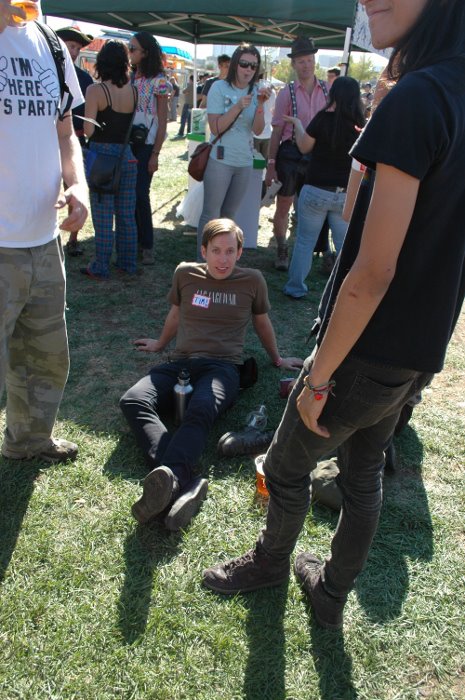 In my quest to introduce our workers to the world, I sent some prying questions this week to Tim Wheeler, who’s been running Microcosm’s publicity operation since 2012, when he worked from a tiny desk atop a lofted platform atop ten teetering feet of stacked boxes of books. Now you can find him behind a comparatively spacious desk upstairs in our new office, barricaded behind stacks of advance copies of books that haven’t come out yet. Read here for more about Tim in his own words—and you can also scope his taste in his staff picks
In my quest to introduce our workers to the world, I sent some prying questions this week to Tim Wheeler, who’s been running Microcosm’s publicity operation since 2012, when he worked from a tiny desk atop a lofted platform atop ten teetering feet of stacked boxes of books. Now you can find him behind a comparatively spacious desk upstairs in our new office, barricaded behind stacks of advance copies of books that haven’t come out yet. Read here for more about Tim in his own words—and you can also scope his taste in his staff picks 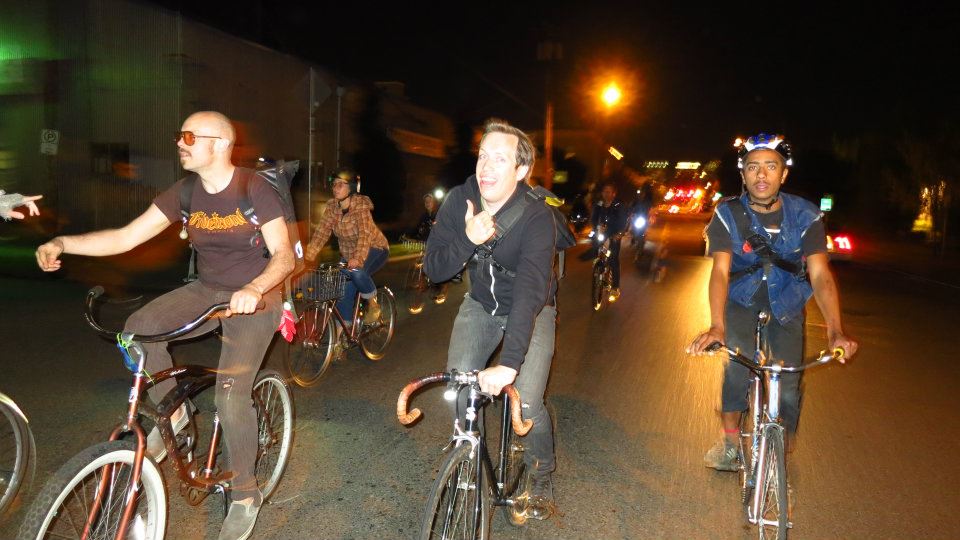 a) Place in Portland: I feel like I need to split this into two categories, since Portland is a pretty great city surrounded by a lot of amazing nature. My favorite outdoor space is the myriad of hidden beaches, rocky outcroppings, and tree lined spots along the Willamette and Columbia rivers, but my favorite is actually a little outside Portland. Hog Island is south of Portland on a stretch of river dominated mostly (and unfortunately) by private estates with “No Trespassing” signs on their docks, but Hog Island is a small, uninhabited island close to a sheer cliff on the west bank of the river. Accessible only by boat (or in the case of my friends and I, a homemade raft of scrap wood and metal pieces with my bike strapped to the side), it’s really just a football field sized chunk of dirt with some trees and sandy beaches, but it feels like you’re hundreds of miles from civilization while floating in the calm stretch of water next to it. As far as indoor spaces, Saraveza happens to be my neighborhood bar, one of the best beer bars in the country (which I’m very much a fan of), and full of some really damn friendly people. It’s the perfect spot to hang out for a bit on a rainy day.
a) Place in Portland: I feel like I need to split this into two categories, since Portland is a pretty great city surrounded by a lot of amazing nature. My favorite outdoor space is the myriad of hidden beaches, rocky outcroppings, and tree lined spots along the Willamette and Columbia rivers, but my favorite is actually a little outside Portland. Hog Island is south of Portland on a stretch of river dominated mostly (and unfortunately) by private estates with “No Trespassing” signs on their docks, but Hog Island is a small, uninhabited island close to a sheer cliff on the west bank of the river. Accessible only by boat (or in the case of my friends and I, a homemade raft of scrap wood and metal pieces with my bike strapped to the side), it’s really just a football field sized chunk of dirt with some trees and sandy beaches, but it feels like you’re hundreds of miles from civilization while floating in the calm stretch of water next to it. As far as indoor spaces, Saraveza happens to be my neighborhood bar, one of the best beer bars in the country (which I’m very much a fan of), and full of some really damn friendly people. It’s the perfect spot to hang out for a bit on a rainy day. 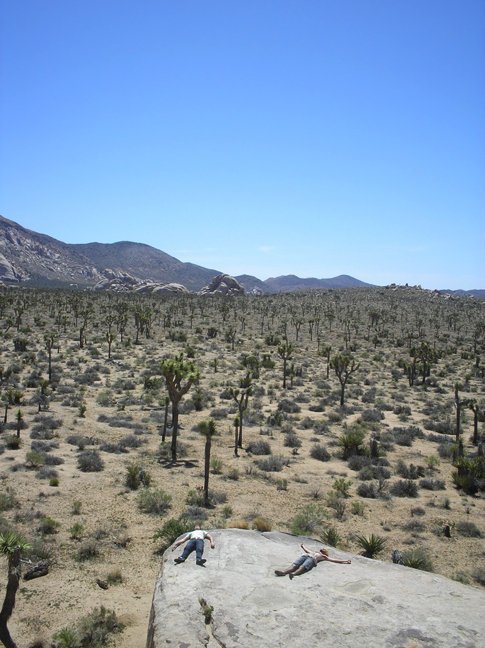 c) Snack food: My favorite foods are of the Mexican variety, but as far as snacks, I can endlessly shovel hummus into my mouth. All I need is a chunk of bread or cucumber or chip or finger.
c) Snack food: My favorite foods are of the Mexican variety, but as far as snacks, I can endlessly shovel hummus into my mouth. All I need is a chunk of bread or cucumber or chip or finger.